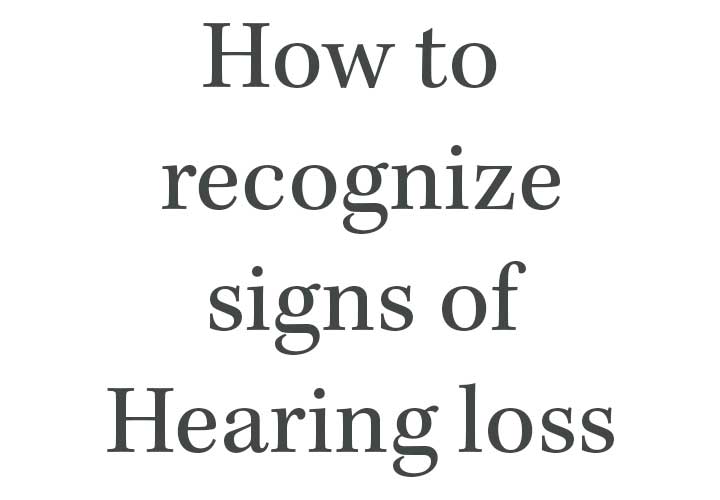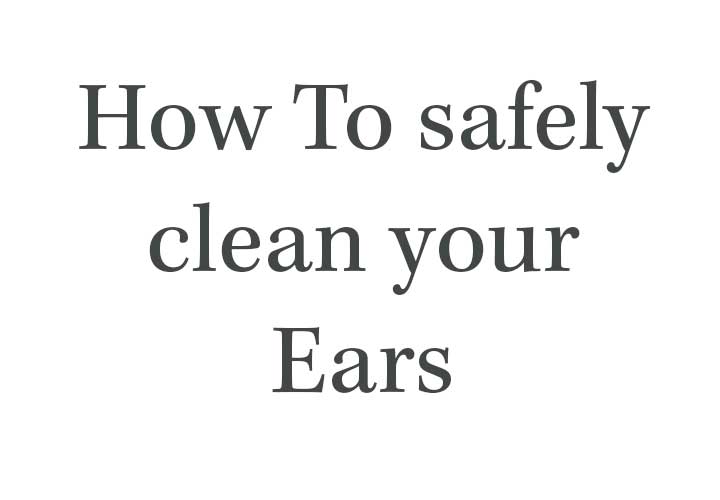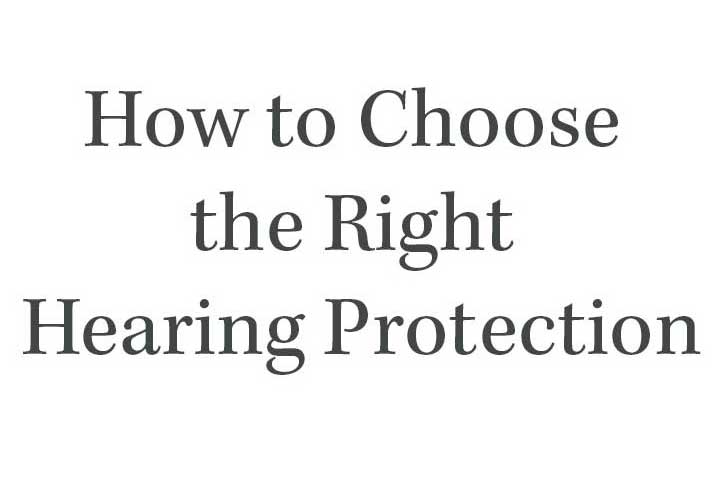Why You Should Never Use Cotton Buds in Your Ears
Introduction
Using cotton buds (or Q-tips) to clean your ears might seem like a harmless way to maintain hygiene, but this common practice is one of the most harmful things you can do for your ears. Despite being marketed for multiple uses, cotton buds should never be inserted into the ear canal. In this article, we’ll explore why cotton buds are dangerous, what they do to your ears, and safer alternatives for maintaining ear health.
The Risks of Using Cotton Buds
- Pushing Earwax Deeper:
Cotton buds don’t remove earwax as effectively as you might think. Instead, they often push the wax further into the ear canal. This can lead to compacted earwax, which is more difficult to remove and can block sound waves, causing temporary hearing loss. - Increased Risk of Blockages:
Compacting earwax can block the ear canal entirely, leading to symptoms like muffled hearing, a feeling of fullness in the ear, and even pain. Professional intervention is often needed to clear these blockages safely. - Damage to the Eardrum and Ear Canal:
The ear canal and eardrum are delicate structures that can be easily damaged by a cotton bud. Inserting one too deeply can cause abrasions, bleeding, or even a perforated eardrum—a painful injury that can lead to infection or long-term hearing issues. - Introducing Infections:
Cotton buds can introduce bacteria into your ear canal or disturb the natural environment of your ear, increasing the risk of infections. The ear has its own cleaning mechanism, and disturbing it can compromise its ability to fend off bacteria and fungi. - False Sense of Cleanliness:
Many people believe their ears feel cleaner after using cotton buds, but this is misleading. Earwax serves an important purpose—it traps dust, dirt, and other debris to prevent them from reaching the inner ear. Removing too much earwax can leave your ears vulnerable to infections and irritation.
Why Do We Have Earwax Anyway?
Earwax (or cerumen) is not a sign of poor hygiene. It’s a natural substance produced by glands in the ear canal to:
- Protect the skin of the ear canal.
- Trap dirt, dust, and microorganisms.
- Prevent infections with its antibacterial properties.
- Act as a natural moisturizer, preventing the skin inside the ear from becoming dry or irritated.
In most cases, earwax moves out of the ear naturally as you chew, talk, or move your jaw. There’s no need for additional cleaning unless there’s a buildup causing symptoms.
What Should You Do Instead?
If you feel your ears are blocked or itchy, here are safer alternatives to cotton buds:
- Visit an Audiologist:
If you suspect earwax buildup, consult a professional audiologist. They can examine your ears and use safe, effective methods like micro-suction to remove excess wax without damaging the ear canal. - Use Earwax Softening Drops:
Over-the-counter ear drops can help soften hardened earwax, making it easier for your ears to expel it naturally. Always follow the instructions carefully and avoid overuse. - Let Your Ears Self-Clean:
Your ears are designed to clean themselves. Resist the urge to interfere unless you’re experiencing discomfort or symptoms of buildup. - Clean the Outer Ear Only:
Use a damp cloth or tissue to gently clean the outer ear if needed. Never insert anything into the ear canal.
What the Experts Say
The advice from audiologists and medical professionals is unanimous: cotton buds should not be used to clean your ears. The British Medical Journal and the American Academy of Otolaryngology both emphasize that inserting objects into the ear canal is unnecessary and harmful.
Conclusion
While cotton buds are handy for many things, cleaning your ears shouldn’t be one of them. Instead of risking blockages, infections, or permanent damage, trust your ears’ natural cleaning process or consult a professional for help. If you’re experiencing symptoms of earwax buildup, book an appointment with an audiologist today for a safe and effective solution.




